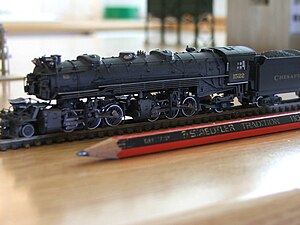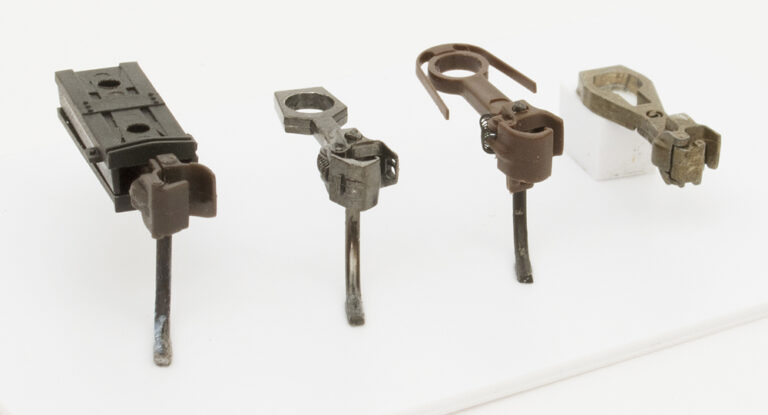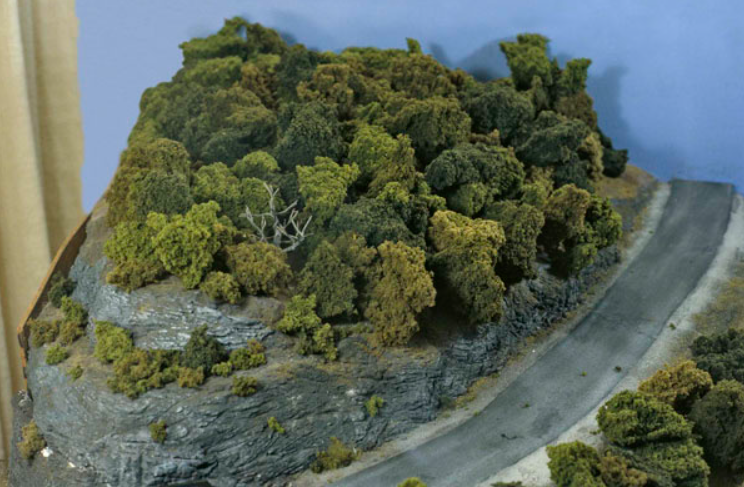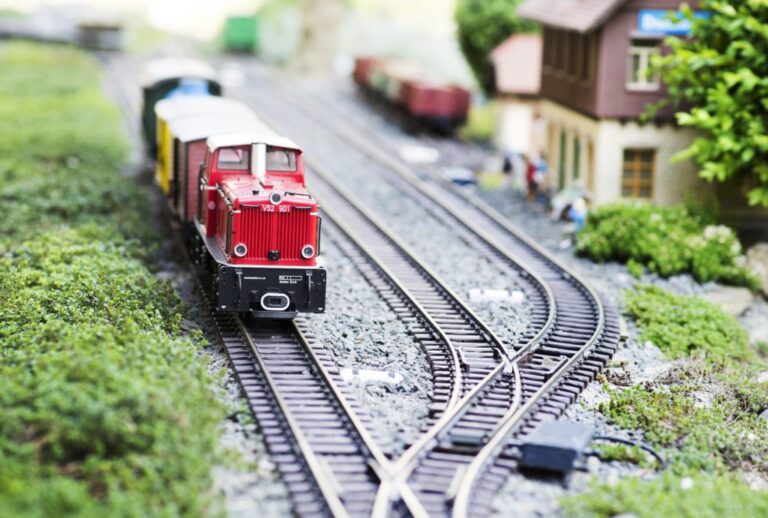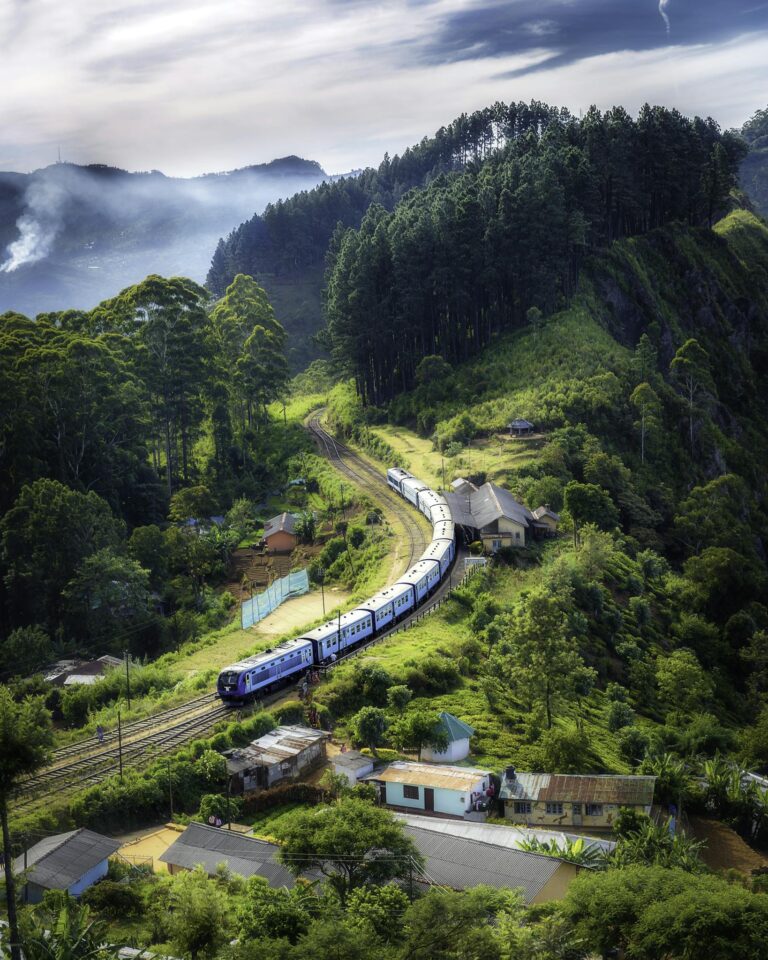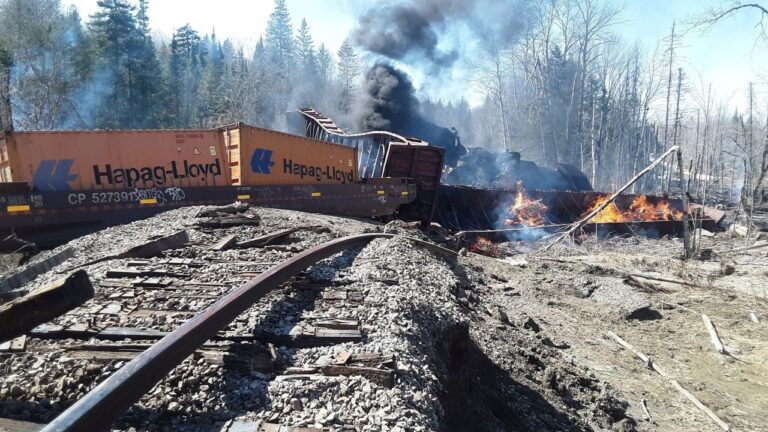The Advantages Of N Scale Train Layouts And Why They Are The Space Savers
Space restrictions should not keep you from being able to create a great model train layout, that’s why you should think about an N scale train layout because of the scaling size. The goal for an N scale layout is to have as much functionality, if not more, within a more limited space. With a scale ratio of 1:160, N scale is toward the smaller end of scales, providing you with more room to work but with more difficulty because it is more precise due to the size.
As a guide a 40 foot box car in N scale would be around 3.25″ long,.75″ wide, and 1″ high. This compares with a 1:87 HO Scale 40 foot box car that measures around 5.75″ long, 1.5″ wide, and 2″ high. If you want to further compare, a 1:48 O scale 40 foot box car would be 10.5″ long, 2.5″ wide, and 3.75″ high. So, there is a big difference in size, with N Scale being more intricate, but not as suitable for youngsters or older hobbyist with poor eyesight or who might have difficulty manipulating some of the smaller N scale rolling stock.
Not sacrificing anything because of space:
As I stated earlier, with smaller trains you don’t need to sacrifice functionality for space. That said; even though N scale is much smaller you should still plan your layout and track carefully. Just because an N scale train layout will allow you to build a full layout doesn’t mean that you should use up all of your space. Do your math honestly and calculate the amount of square footage you can use and still be comfortable. Once you have a good number then you can proceed to purchasing track.
Click here for lots more clever model train layout ideas (add your Clickbank affiliate code)
Also, you will want to consider how much activity you will have running simultaneously and the features wired in. You will need a decent size transformer that can deliver at the least 18 volt-amps. You will want your locomotives to get the correct amount of electricity, so don’t share too much power between your locomotives and accessories. Think about multiple transformers.
Getting it all from N scale trains:
Due to the smaller components of an N scale train layout you will want to make sure you have a very stable base on which to place your layout. You will need a strong base structure so that nothing will be interrupted or destroyed in the process. The last thing you want is an accident to occur and your layout get damaged.
Having a small setup, you may want to have a covering made for your layout. Some think this is a good idea, because you don’t want your hard-earned dollars to go to waste because of dirt, dust, or damage to your layout. You need to be careful not to cover your layout with just anything though. The covering should not contain fibers or particles that can get into the mechanics of your train and create problems. One option is a material by the name of Tyvek can be used for covering your layout. This material is used in kite manufacturing because it is strong, thin, and tear-proof and doesn’t contain fibers.
Lighting is a must for this size scale. With such small components you will need sufficient lighting in your work space. You may even consider a magnifying headset that will help with your construction of the layout. You need to be able to see and see well. Also, whenever you have completed your layout you want viewers to be able to enjoy your entire project and that is only done through good lighting of the entire space.

Keeping your N scale railroad in tip-top shape:
For advice on all of model railroading you can download an e-book off of the web that provides plenty of information, advice, and ideas that are useful to your layout. These e-books can also teach you how to maintain your railway and repair them if anything gets broken. Most are modern and updated, and fairly simply to navigate through to find any help and recommendations that you may need.
N scale is one of the best for space limitations and money. N scale train layouts are small and delicate, so allow plenty of time and careful planning before you start tacking on track and rails.
